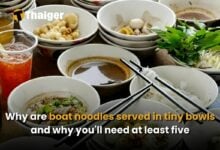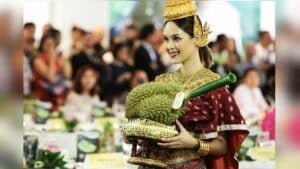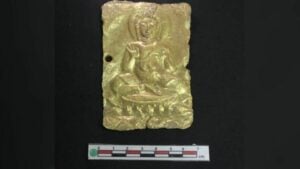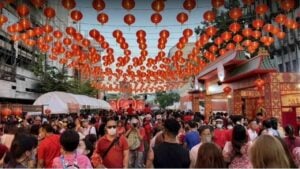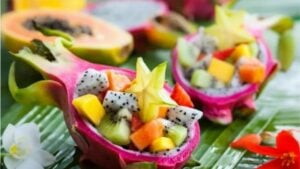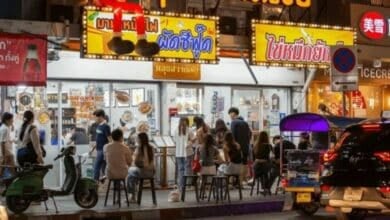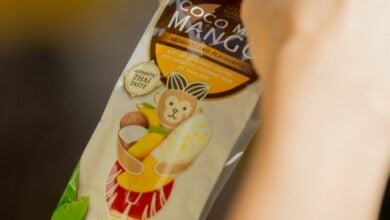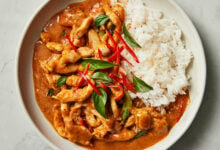Key differences between northern and southern Thai cuisines
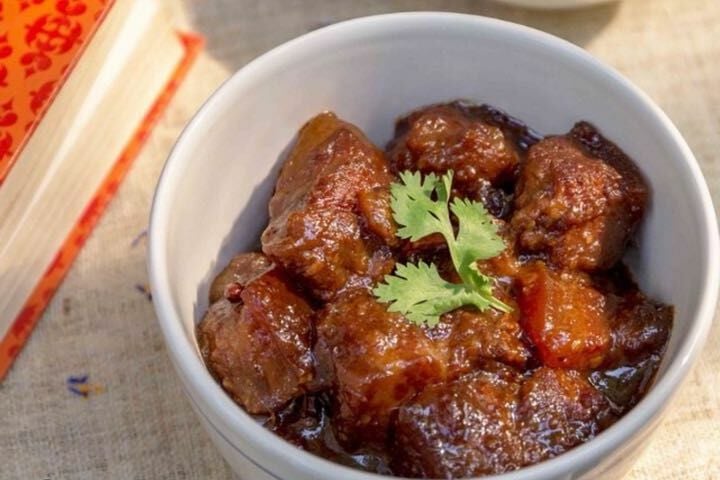
Thailand’s landscapes are often the first thing that visitors notice and likely won’t forget. Besides its fascinating nature and an array of fun activities, the food is what makes this South East Asian country stand out from the rest.
Each region of the country includes its very own fusion of tastes that are influenced by neighbouring cultures.
In many Thai dishes, the exotic blends of garlic, chilli, fish sauce, lemongrass, and lime juice can send your mouth into a spiral of surprise.
Here, we have the key differences between Thailand’s northern and southern cuisines.
Rice preference
As rice is eaten at almost every meal, Thailand is no different from other Asian nations. However, your location in Thailand may dictate what type of rice is appropriate for your food.
In the south, soft-boiled rice is a staple and is served with almost every meal. Whether it’s curries, soups, or stir-fries. Jasmine rice has been consistently voted the country’s favourite due to its fragrant and long-grain characteristics.
In the north, sticky rice can be seen more frequently with meals. The glutinous, short-grained rice is cooked by steaming, not boiling. Its texture requires one to roll the rice into a ball and then dip it into a spicy chilli relish or dip it in a delicious curry.
Sticky rice can be served as a dessert, such as the famous mango and sticky rice combination.
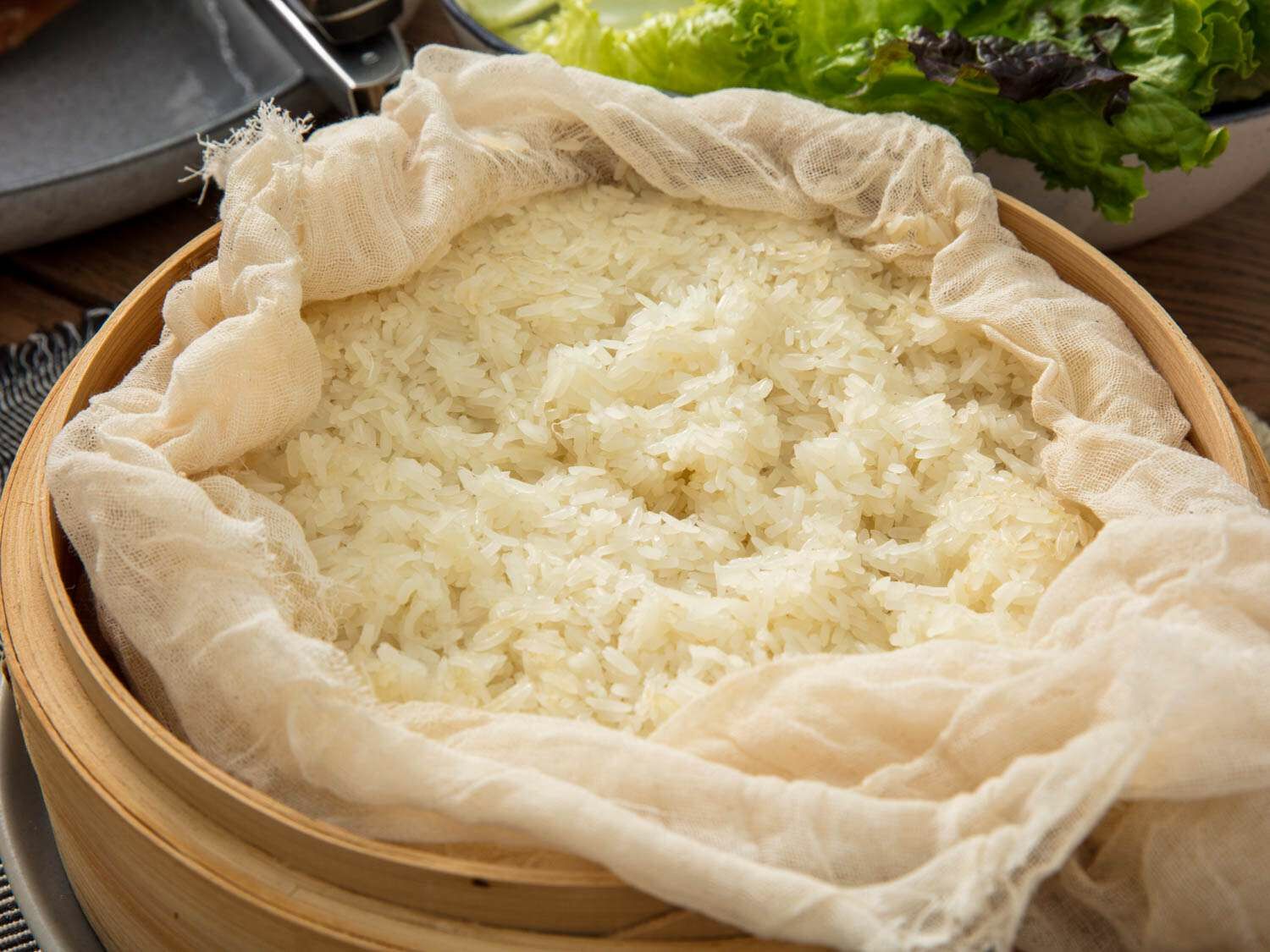
Thicker curries
Rain in epic amounts blankets southern Thailand, leaving it with an abundance of coconuts. One way Thais incorporate coconuts into their cuisines is by using coconut milk. The milk increases the thickness of such soups and curries, distinguishing southern cuisines from their northern counterparts.
Thai Green Curry, Red Curry, Massaman Curry, and Panang Curry all use coconut milk as their main ingredient. Khanom Jeen Nam also features a curry called Nam Ya Kati, which is made with coconut milk. The curry is then paired with soft rice noodles to offer an exotic take on traditional curry.
In the north, curries are thinner due to using stock or broth to replace coconut milk. Gaang Hang Lair is a tasty curry that combines a mild spice mixture with pork belly. But a key difference between northern and southern cuisines is the curry’s thickness.
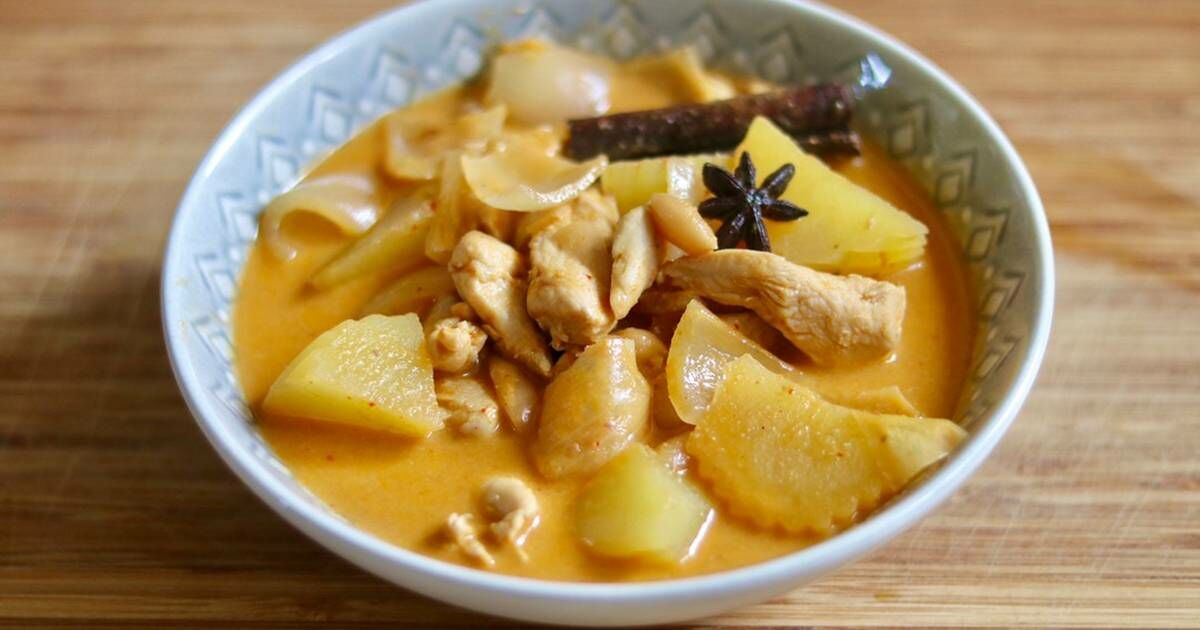
Border-influenced spices
Southern Thailand has been influenced by Malaysia and Java, making its dishes full of spices. Those who love spicy foods and intense flavours should head south for a meal that explodes with taste in your mouth.
Northern Thailand also considered its neighbouring countries when creating its cuisines. Elements of Burma, Laos, and China combined with the cooler climate make their way into northern dishes. Many kinds of vegetables and herbs are key features of northern Thai food.
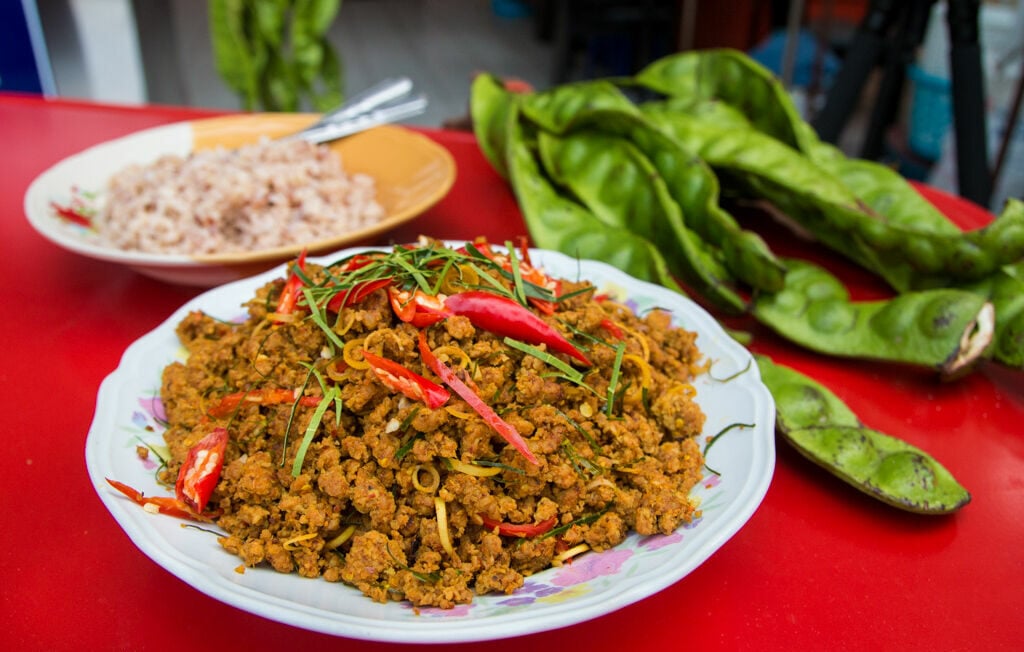
Proximity to seafood
With an ocean in its backyard, southern Thailand is full of fishermen. Needless to say, fresh fish is readily available in addition to many other types of seafood in the south. Whether it’s baked or grilled or sun-dried, the sea’s creatures have made their way into many delicious meals and condiments.
And, if you haven’t tried Tom Yum Goong, you are in for a flavourful treat.
In the north, most meat dishes use chicken or pork to accent flavoursome recipes. Khao Soi, one of the most famous northern Thai dishes, features an aromatic, curry-based broth with crunchy pickled greens on the side.
Northern Thais love beef, which is frequently that of water buffalos and offals. Laap Muang Moo is a pork salad made with dried spices, blood and offal.
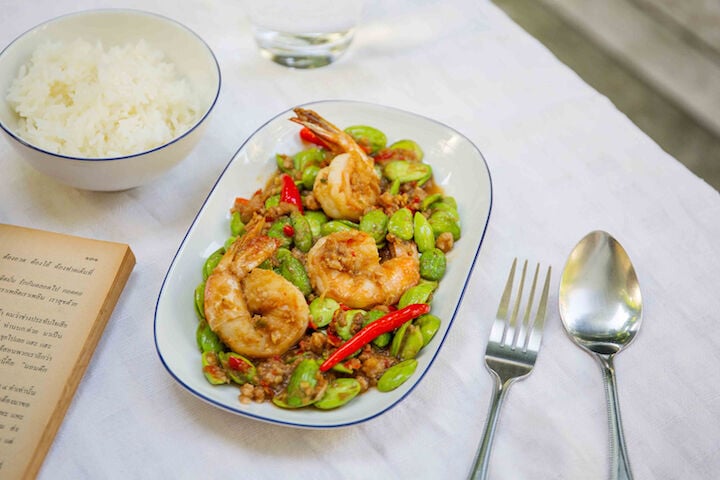
As each region in Thailand offers an amazing culinary experience to embark upon, the differences between north and south cuisines are deliciously evident.
Each with its unique fusion of spices, vegetables, meat, garlic, coconut milk, and condiments, taking a foodie trip around Thailand will offer you an unforgettable foodgasm.

Latest Thailand News
Follow The Thaiger on Google News:
